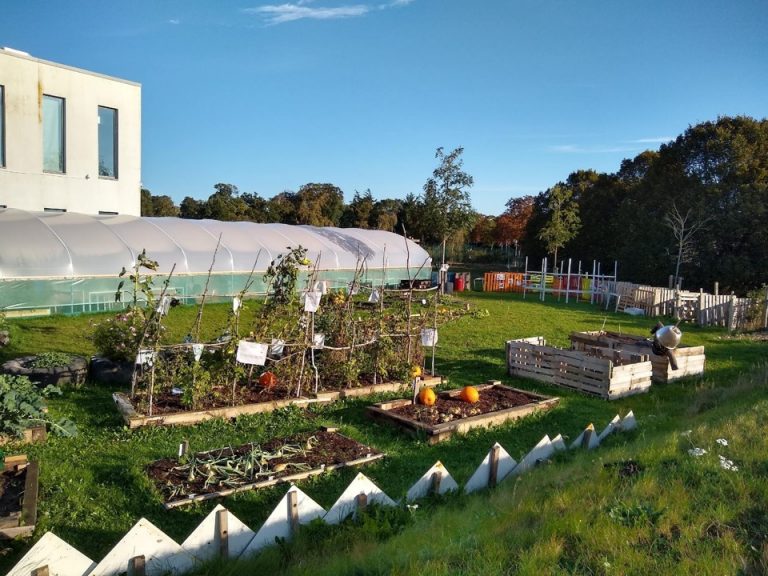We are aware that the largest proportion of our students who need additional support have underlying social, emotional, and mental health issues. Prior to the commencement of the project, referrals for special educational needs and disabilities (SEND) and separate pastoral referrals suggested a significant number of students struggled with social, emotional, and mental health issues. Our SEND referrals highlighted the need for sensory support within a mainstream curriculum. There was a significant need to have on-site AP that looked to address the gap of services between in-school pastoral support and external agency referrals.
Therefore, we were looking to implement a sensory therapeutic support centre, which could deliver activities such as sensory circuits (including rock climbing), Lego therapy, art therapy and music therapy etc. We knew that these interventions could be delivered by our teachers and already qualified inhouse emotional learning support assistants (ELSAs). Additionally, we had trauma informed therapist on our team who could deliver such interventions as part of our AP.
We also wanted to complement the English and Math’s work that the students already do with ASDAN courses. We wanted to provide a range of these to suit individual needs and have success in mapping a pathway for those who were at risk of not being in education, employment, or training (NEET).
Preventing those who are at risk of permanent exclusion from being excluded was always the overarching aim. We also wanted to provide a setting that could build upon information gained in Primary to support either reintegration back to mainstream or alternative more appropriate settings.
We applied to the NOA laying out our plans to create a new AP at CAN. We had to make it clear why we thought this was needed, how we would implement it, measure it and how we would use any funding. We are still working towards completion of a 5-year plan of our broader aims regarding AP.
We used our existing knowledge and staff resources, combined with funding from the NOA, to develop the main offerings of The Bridge:
– A Breakfast session merged with relationships and sex education (RSE)
– Blended project-based learning
– English / Maths / Science /Physical Education
– ASDAN short courses – Additional English and Maths plus student specialisms, such as Gardening, Hair and Beauty, Computing and Uniformed Services
Integration with the main school is also focused on by asking students to attend:
– Form Times (AM and PM)
– Social times with year group (breaks and lunches)
– UCAN (University of City Academy Norwich) – extracurricular activities such as bushcraft, axe throwing, cooking and creative writing.
There is a strong therapeutic focus to ‘The Bridge’ and students have access to an allotment and the following therapies:
– Art
– Play
– Lego
– Animal
– Mentoring
– ELSA
– Sensory Attachment
– Drawing and Talking
– Trauma Informed Practice
– Mindfulness




